India recently created space history when their Mars Orbiter Mission (MOM) famously known as Mangalyaan entered the Martian orbit in its maiden attempt. After a 298-day transit, the orbiter was successfully inserted into Mars orbit on 24th September 2014. The mission cost merely $64 million and was put together in just 15 months. The Mars Orbiter’s on-orbit mission life is approximately 6 to 10 months. The mission itself was a unique feat achieved by the young people at Indian space Research Organization (ISRO). The brilliant minds devised a way of sending Mangalyaan successfully to the Mars Orbit in a much cheaper way. The following video explains the innovative method which has made India an exciting destination for space research. India is innovating.
Five scientific instruments which are a part of Mangalyaan will explore the Red planet during its mission life. Mangalyaan will take approximately 3.2 earth days for each rotation around Mars. And it is orbiting at a distance of 500 km nearest and over 80,000 km farthest from its surface.
The Orbiter has three solar panels for generating energy and three antennas for radio links with control stations and networks. Additionally, to conduct various experiments to study the surface, the orbiter is equipped with five scientific instruments (payload). These payloads will try to find out if the Red planet’s surface, its rich mineral composition, and its atmosphere can support life. These are:
Mars Colour Camera (MCC) – The MCC will provide images of the planet’s surface features, weather patterns such as dust storms, two moons (Phobos and Deimos), etc. The camera will cover a range of 400 to 700 nanometers which is quite impressive. The camera is inbuilt with a multi-element lens with a 2000-3000-pixel array detector having a RGB Bayer Filter.
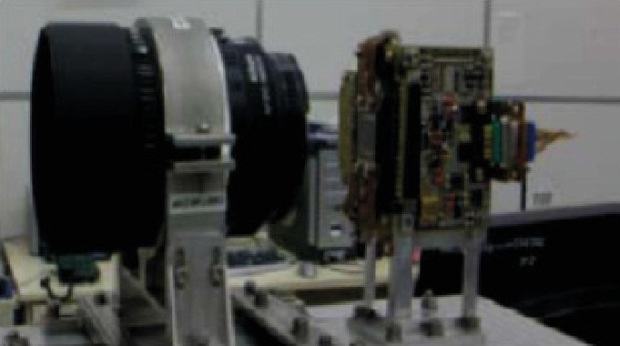
Thermal Infrared Imaging Spectrometer (TIS) – TIS will measure the thermal emission and can be operated during both day and night. TIS can map surface composition and mineralogy of Mars.
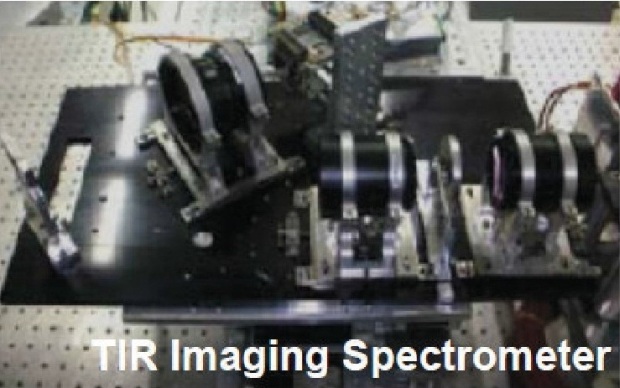
Methane Sensor for Mars (MSM) – The most interesting instrument in the search of life saga is MSM. It will measure the presence of Methane in Martian atmosphere with PPB accuracy.
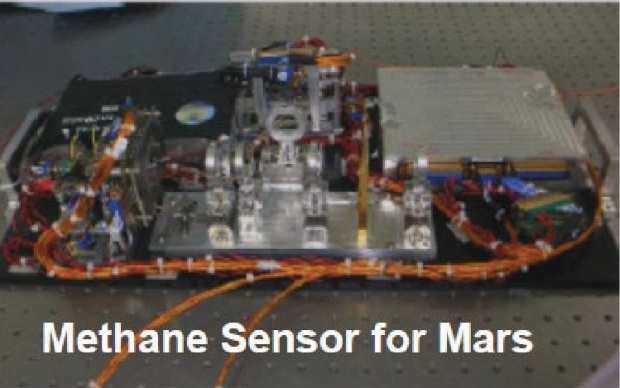
Also Read: Why Habitability on Mars is Nasa’s Primary Objective?
Mars Enospheric Neutral Composition Analyser (MENCA) – MENCA will study the neutral gas atoms found in the outermost part of the Martian atmosphere.

Lyman Alpha Photometer (LAP) – LAP, an absorption cell photometer will measure relative abundance of hydrogen isotopes in the Martian upper atmosphere.
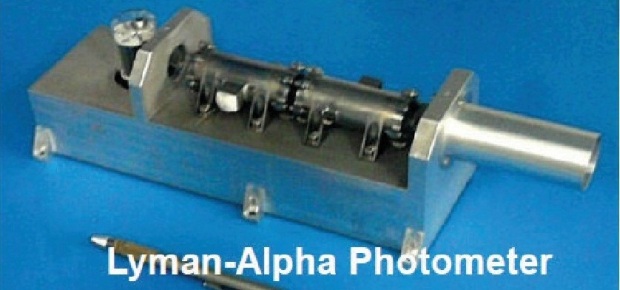
Along with the findings from these instruments, another advantage of the orbiter would be to capture images of activities happening around Mars. For example below is an image are images of Comet Siding Spring or C/2013 A1 which passed extremely close to the planet mars on 19th October 2014.

Mars is mainly composed of carbon dioxide which makes it inhospitable. Yet scientists are still studying the composition of Mars in detail as it will be the most crucial element that will decide whether Mars could be habitable in the future. Hydrogen on Mars seems to be heavier as compared to Earth. And the excitement for scientists for the existence of Methane gas which was earlier considered as a positive sign to detect life on Mars has faded away.
Ratio of Deuterium and Hydrogen:
Deuterium (heavy hydrogen) is one of two stable isotopes of hydrogen and contains one proton and one neutron in its nucleus. The common hydrogen isotope (Protium) has no neutron in the nucleus. Determining the D/H ratio in the atmosphere allows scientists to learn more about the atmospheric environments on Mars with a special focus on atmospheric loss. If atmosphere is lost due to physical processes, lighter elements/isotopes are favored while heavier elements are retained because of gravity. Currently, it is believed that the majority of the Martian Atmosphere was lost due to direct interaction of the atmosphere with the solar wind after Mars lost its protective magnetic field.
Methane on Mars:
The presence of Methane on Mars was detected 9 years ago which excited the scientists that the Red planet may have life on it. Scientists related this phenomenon to our own planet as on Earth Methane is generally produce through biological processes. However, the reasons for the existence of Methane on Mars may have different origins. Geological processes such as volcanism or reactions involving iron oxide, water, and carbon dioxide can produce large amounts of the gas. So, presence of Methane does not necessarily indicate presence of life on Mars.
Under the conditions on Mars, methane would quickly break down, so for a permanent presence of methane on Mars, a continuous source would have to be present to replenish the atmospheric methane. A theory indicates that methane on Mars is being produced by micro-meteorites and interplanetary dust particles that enter the thin Martian atmosphere and settle on the surface.
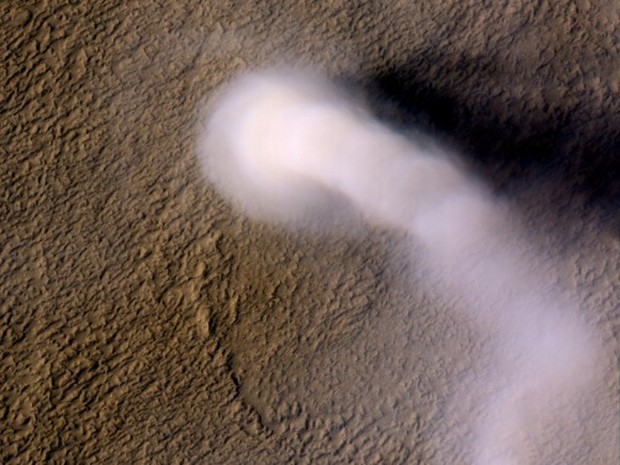
Another possible source of atmospheric Methane could be Martian Dust Devils. Methane could possibly be produced by the effect of electrical discharges over iced surfaces. The discharges, caused by electrification of dust devils and sand storms, ionize gaseous CO2 and water molecules and their byproducts recombine to produce methane.
The fact remains that mankind will keep probing space till it finds ‘Another Earth’, a planet which support’s life like earth or possibly in a totally unprecedented way, but nonetheless a place that provides more answers and fills the deep-rooted curiosity of man by offering a sort of closure accompanied by the discovery of new life forms and of a new home for our species, in an attempt to not only progress but possibly or rather hopefully lighten the burden of our civilization on this depleting planet.
-end-

References
Images Source – Indian Space Research Organization (ISRO)

































